KCSE History and Government Questions With Answers
|
0 Comments
World War One is often referred to as the greatest war due to the following reasons:
Characteristics of a Good Constitution
A constitution is a fundamental document that outlines the basic principles and rules by which a country or organization is governed. It serves as a blueprint for the functioning of the government and the protection of the rights and freedoms of its citizens. A good constitution should possess several important characteristics to ensure its effectiveness and relevance. In this essay, we will explore five key characteristics of a good constitution.
State two factors which made it possible for the Arab traders to come to Kenyan Coast before 1500.12/6/2024 Factors which made it possible for the Arab traders to come to Kenyan Coast before 1500.
Related Searches ...
Forms of communication used to send messages to distant places in the shortest possible time
Related Searches ...
The company which administered Kenya on behalf of the British government up to 1895The imperial British East Africa Company/ IBA Co Related Searches ... Related Posts Stages through which a bill passes before it becomes law in Kenya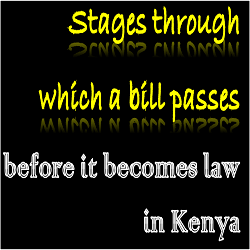
Name the result of the migration and settlement of the Somali into Kenya by 1800
Indirect Rule vs. Direct Rule: Contrasting Approaches to Colonial Governance
Indirect rule and direct rule are two different approaches to colonial governance. Here's an explanation of each:
Understanding the Definition and Importance of a Constitution
A constitution is a fundamental set of rules and principles that govern a country or an organization.
It serves as a framework for the organization and functioning of the government, outlining the powers, rights, and responsibilities of different entities within the system. A constitution typically establishes the structure of government, defines the rights and freedoms of individuals, and establishes the relationship between the government and its citizens. It is often considered the supreme law of the land and provides a basis for the legal and political systems of a country. The constitution can be written or unwritten, and it can be flexible or rigid in terms of amendment procedures. Role of the Uganda Railway in Promoting Settler Farming Development in KenyaThe construction of the Uganda Railway in Kenya had far-reaching implications for the development of settler farming in the country. This article explores two significant ways in which the railway project facilitated and accelerated the growth of agricultural activities among European settlers. By understanding the interplay between transportation infrastructure and agricultural expansion, we can comprehend the pivotal role played by the Uganda Railway in shaping Kenya's settler farming sector and its subsequent impact on the nation's overall development.
The Political Organization of the Shona during the Pre-Colonial Period
Early man chose to live in groups for various reasons, as indicated in the provided documents. Let's delve into more details about why early humans preferred group living:
Understanding the Contrasts: Constitutional Monarchy vs. Absolute MonarchyDifferences between constitutional monarchy and absolute monarchy:
Constitutional Monarchy:
Unveiling the East African Coast: Insights into Trade, Culture, and HistoryThe East African Coast is a region rich in history and cultural exchanges. There are several sources of information about this region:
The Origins of Sheep Domestication: Unraveling the Ancient BeginningsThe country that first domesticated sheep is believed to be ancient Mesopotamia, which corresponds to present-day Iraq. Sheep have been domesticated for thousands of years, with evidence dating back to around 9,000 to 11,000 years ago.
The fertile lands of Mesopotamia provided an ideal environment for early human settlements and the development of agriculture and animal husbandry. Sheep were an important source of food, wool, and other materials for the ancient Mesopotamians, who played a significant role in the history of sheep domestication. Over time, the practice of sheep domestication spread to other regions of the world, shaping human civilization and the development of various cultures and economies. Today, sheep are found in numerous countries globally and continue to be an important livestock species for their valuable resources and contributions to agriculture. The Arrival of Christian Missionaries in South Sudan: Motivations and ImpactThe Arrival of Christian Missionaries in South Sudan
The arrival of Christian missionaries in South Sudan can be attributed to various factors, including historical, social, and religious motivations. Here are some key reasons why Christian missionaries came to South Sudan:
Ways in which Jomo Kenyatta contributed to nationalist movement in KenyaJomo Kenyatta played a significant role in the nationalist movement in Kenya, contributing to the country's struggle for independence from British colonial rule. Here are some ways in which he contributed:
Learn more: Unveiling the Past: Characteristics of Coastal Towns Before the 19th CenturyExplain five characteristics of the coastal town before 19th century
Detailed Answer: Characteristics of Coastal Towns Before the 19th Century
Coastal towns before the 19th century were vibrant and diverse communities with distinct characteristics that shaped their culture, governance, and economic activities. In this essay, we will explore five key characteristics of these coastal towns.
Understanding the characteristics of coastal towns before the 19th century provides insights into their rich history, cultural diversity, and the significant role they played in shaping the region's development. Effects of colonial land policies on the people of Kenya
The effects of colonial land policies on the people of Kenya were profound and far-reaching. The British colonial administration implemented a series of land policies that greatly impacted the lives and livelihoods of the indigenous Kenyan population. These policies resulted in dispossession, displacement, and a loss of control over their ancestral lands.
The Influence of the Stone Age on African Culture
The Stone Age period in Africa had significant impacts on the continent's development. Here are some major impacts of the Stone Age period in Africa:
Learn more: Factors Driving the Growth and Development of Cairo
Cairo, the capital city of Egypt, has experienced remarkable growth and development over the years, transforming it into a bustling metropolis. The city's expansion can be attributed to several key factors that have influenced its progress.
One of the primary drivers of Cairo's growth is its rapidly increasing population. The city has witnessed a significant influx of people, both from rural areas within Egypt and from other countries. This influx of migrants in search of better economic opportunities and improved living conditions has contributed to the expansion of urban areas and the overall growth of Cairo. The city's economic opportunities have also played a crucial role in its development. As the economic hub of Egypt, Cairo attracts businesses, industries, and job seekers from various sectors. The city offers a wide range of employment opportunities, including formal and informal sectors, which have fueled its growth. Its strategic location along the Nile River and well-developed transportation infrastructure have facilitated trade and commerce, further boosting Cairo's economic advancement. Government initiatives have played a vital role in driving the growth and development of Cairo. The Egyptian government has implemented policies and programs aimed at urban development and attracting investments. These initiatives include urban development projects, investment incentives, administrative reforms, and infrastructure improvements. The government's commitment to enhancing the city's overall development has had a significant impact on Cairo's growth. Accessibility is another factor that has contributed to Cairo's growth. The city boasts a well-connected transportation network, including roads, bridges, and a reliable public transportation system. These infrastructure developments have improved accessibility within the city and facilitated the movement of people and goods. Additionally, Cairo International Airport serves as a major transportation hub, connecting the city to various international destinations. This has not only boosted tourism but has also supported trade and business activities in Cairo. Cairo's cultural and historical significance has also played a role in its growth. The city is home to numerous historical landmarks and cultural treasures that attract tourists from all over the world. The tourism industry has contributed significantly to the city's economic growth and development. Additionally, Cairo's prestigious universities, research institutions, and educational opportunities have attracted students and researchers, fostering innovation and knowledge-based industries in the city. While Cairo has experienced substantial growth and development, it also faces challenges such as traffic congestion, pollution, and urban sprawl. However, the government is actively working on addressing these issues through infrastructure projects and sustainable development initiatives. In conclusion, the growth and development of Cairo have been influenced by various factors. Population growth, rural-urban migration, economic opportunities, government initiatives, accessibility, cultural significance, and educational institutions have all played significant roles in shaping Cairo into the vibrant and dynamic city it is today. Unveiling the Evolution of Man in Kenya: Insights from Fossil Discoveries
The evolution of man in Kenya has been a subject of great interest and study in the field of paleoanthropology. Kenya, particularly the Rift Valley region, has provided significant fossil evidence that sheds light on the early stages of human evolution. Here is an overview of the evolution of man in Kenya based on the search results:
Learn more: Describe various types of relation between Africa ,Asia and Europe in ancient civilizations8/11/2023 DESCRIBE VARIOUS TYPES OF RELATION BETWEEN AFRICA ,ASIA AND EUROPE IN ANCIENT CIVILIZATIONS
In ancient civilizations, there were various types of relations between Africa, Asia, and Europe. These interactions took place through trade, cultural exchange, migration, and conquest. Here are some of the key types of relations between these regions:
Learn more: Challenges and Solutions for Sustainable Urban Development
Salient factors that constrain the realization of aspirations of the East African Community (EAC) include:
Learn more: |
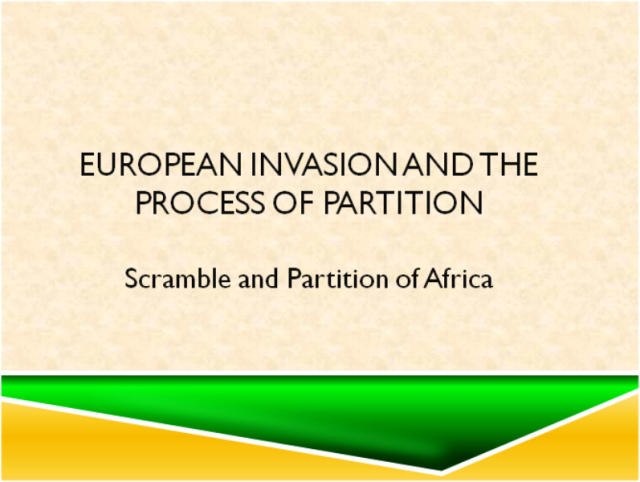
On Sale On Sale History Notes Form 1, Form 2, Form 3 and Form 4 in Slideshow ('Powerpoint', '.pptx')Archives
December 2025
Categories
All
|
We Would Love to Have You Visit Soon! |
Hours24 HR Service
|
Telephone0728 450425
|
|
8-4-4 materialsLevels
Subjects
|
cbc materialsE.C.D.E
Lower Primary
Upper Primary
Lower Secondary
Upper Secondary
|
teacher support
Other Blogs
|
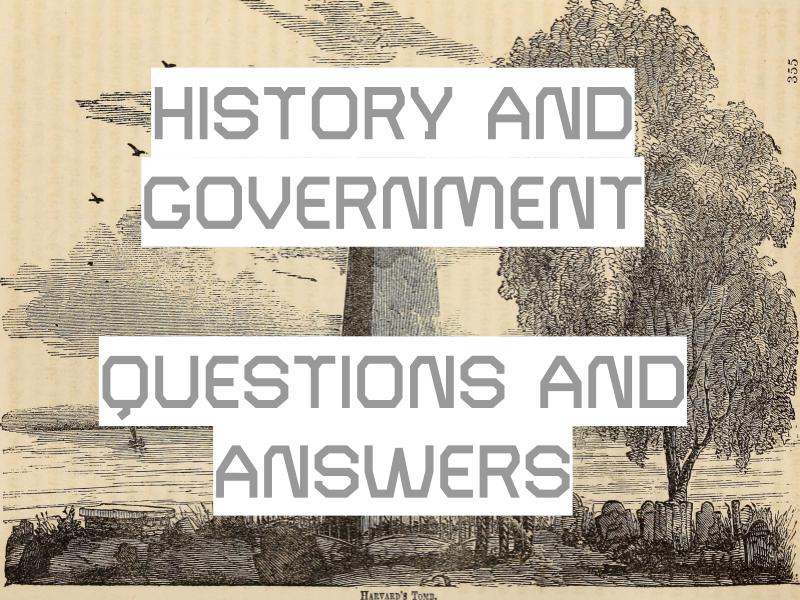


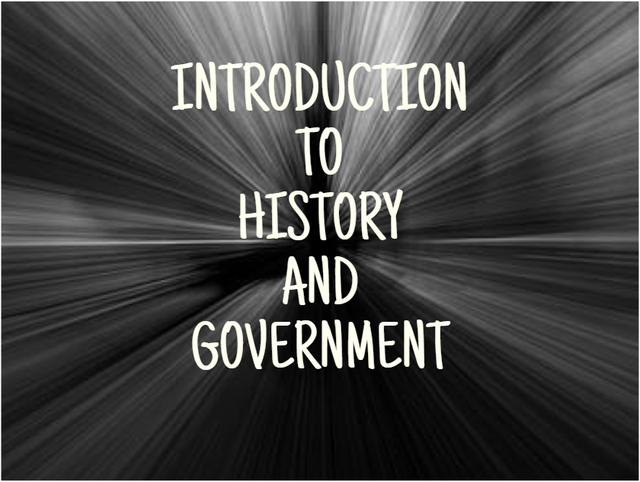
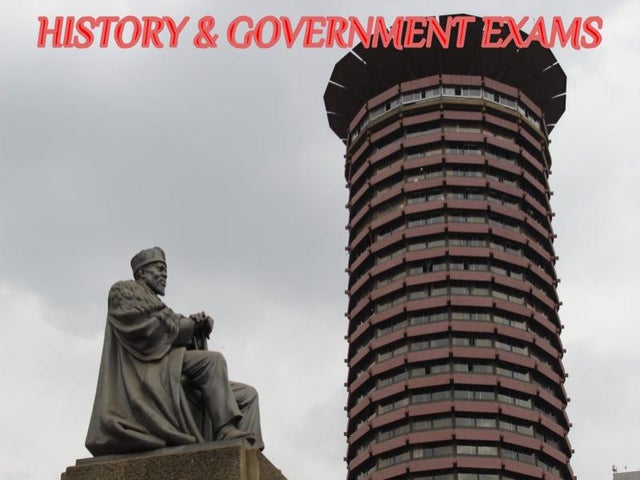


 RSS Feed
RSS Feed